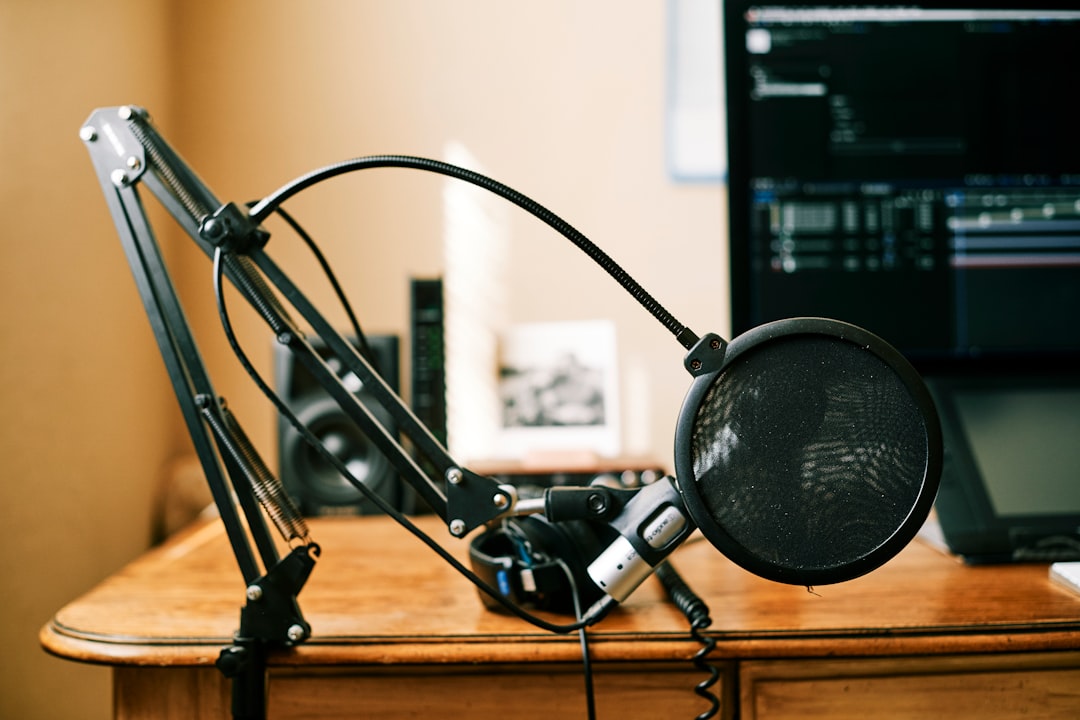My Guide to the Art of Active Listening (beyond Just Hearing).
My Guide to the Art of Active Listening (beyond Just Hearing)
In a world buzzing with constant noise and endless chatter, it’s easy to mistake the act of *hearing* for the profound skill of *listening*. We all hear sounds, words, and sentences every single day. But how often do we truly listen? How often do we engage with the depth, nuance, and unspoken layers of another person’s communication? My journey into understanding human connection has shown me that the difference between merely hearing and truly listening is not just significant; it’s transformative. This guide isn’t about passively absorbing information; it’s about mastering an art form that can revolutionize your relationships, enhance your understanding, and deepen your impact.
Forget the surface-level exchanges. We’re diving deep into what it means to be fully present, to understand not just the words spoken, but the emotions, intentions, and unspoken messages behind them. This is about cultivating a skill that allows you to connect on a human level, fostering trust and creating an environment where others feel genuinely seen and valued. It’s a skill that has profoundly shaped my own interactions, both personally and professionally, and I believe it can do the same for you.
Unveiling the True Distinction: Why “Hearing” Misses the Mark
Let’s clarify something fundamental right at the outset: hearing is a passive, physiological process. It’s the vibration of sound waves hitting your eardrums and being transmitted to your brain. Listening, on the other hand, is an active, cognitive, and emotional endeavor. It demands your full attention, your intellect, and your empathy. The critical “beyond just hearing” part of this guide focuses on recognizing and bridging this gap.
When you merely hear, you might register the words, but you often miss the melody, the rhythm, and the underlying sentiment of the speaker. It’s like reading a script without understanding the actor’s motivation or the play’s deeper themes. You get the literal meaning, but you miss the contextual richness and emotional weight. This passive approach leads to misunderstandings, superficial connections, and often, the feeling of being unheard for the person speaking. It’s a common pitfall in our fast-paced lives, where our minds are often elsewhere, distracted by our own thoughts, to-do lists, or digital notifications.
The Pitfalls of Superficial Sound Absorption
- Misinterpretation: Without context, tone, or non-verbal cues, words can be easily twisted or misunderstood.
- Lack of Empathy: Hearing doesn’t require you to step into another’s shoes. Listening demands it, fostering empathy and understanding their perspective.
- Erosion of Trust: People quickly sense when they’re not being genuinely listened to. This erodes trust and makes open communication challenging.
- Missed Opportunities: You miss crucial information, subtle cues, and opportunities for deeper connection or problem-solving.
Cultivating the Listener’s Toolkit: Essential Practices for Deeper Engagement
To move beyond hearing and truly master the art of active listening, we need to equip ourselves with specific tools and practices. This isn’t about grand gestures, but rather consistent, mindful efforts in every interaction. It’s a muscle you strengthen over time, requiring deliberate practice and self-awareness.
Sharpening Your Focus: The Power of Presence
The first and most vital tool is presence. This means putting away distractions – your phone, your mental to-do list, your pre-conceived notions. Give the speaker your undivided attention. Make eye contact (where culturally appropriate), turn your body towards them, and consciously quiet your internal monologue. When you are truly present, you are signaling to the speaker that they are important, and their message matters. This isn’t just about being polite; it’s about preparing your mind to receive and process information effectively, requiring significant cognitive effort.

Decoding the Unspoken: Beyond Words
Words are only part of the message. A significant portion of communication happens through non-verbal cues: body language, facial expressions, tone of voice, pauses, and even silence. An active listener observes these cues meticulously. Does their posture seem defensive? Is their voice trembling despite calm words? Do their eyes tell a different story than their mouth? Learning to read these signals adds immense depth to your understanding. It’s like reading between the lines, but with a whole new language. For more on this, consider mastering non-verbal communication.
Reflecting and Clarifying: Ensuring Mutual Understanding
Active listening isn’t just about taking in information; it’s about processing and confirming it. This involves two key techniques:
- Paraphrasing: Briefly restate what you’ve heard in your own words. “So, if I understand correctly, you’re feeling frustrated because X happened, and you’d prefer Y?” This shows you’ve processed their message and gives them a chance to correct any misunderstandings.
- Asking Open-Ended Questions: Instead of “Did you like it?”, ask “What did you enjoy most about it?” or “How did that make you feel?” These questions encourage elaboration and deeper insight, moving beyond simple yes/no answers.
Navigating the Inner Landscape: Overcoming Personal Hurdles to Genuine Understanding
Even with the best intentions, our internal world can often sabotage our efforts to listen actively. Our biases, assumptions, emotional states, and even our desire to “fix” things can create significant barriers. True mastery of active listening involves not just external techniques but also a profound understanding and management of our inner landscape.
Silencing the Inner Editor: Resisting the Urge to Formulate Responses
One of the biggest obstacles to active listening is our tendency to spend the speaker’s time formulating our own response. We’re not listening to understand; we’re listening to reply. This “inner editor” prevents us from truly absorbing what’s being said, as our mental energy is diverted to crafting our comeback, advice, or counter-argument. My guide emphasizes the conscious effort to suspend judgment and the need to respond, allowing yourself to simply receive the information without immediate pressure to process or react. Practice being comfortable with silence and allowing thoughts to fully form before you speak.
Confronting Biases and Assumptions: Clearing the Mental Fog
We all carry a lifetime of experiences, beliefs, and biases. These mental shortcuts can lead us to make assumptions about what someone is going to say or why they are saying it. For instance, if you’ve had a negative experience with a colleague in the past, you might unconsciously interpret their current words through that lens, missing a genuine attempt at collaboration. Active listening demands that we acknowledge these biases and consciously set them aside, approaching each conversation with a fresh, open mind. It’s about listening to *them*, not to your preconceived notions about them.
Managing Emotional Contagion: Listening with a Calm Center
Sometimes, the speaker’s emotions can be overwhelming. If someone is angry, sad, or anxious, it’s natural for us to feel a ripple of those emotions ourselves. While empathy is crucial, becoming completely consumed by their emotions can hinder your ability to listen objectively and provide support. The art of active listening involves maintaining a calm, centered presence, allowing you to acknowledge and validate their feelings without getting swept away. This emotional regulation enables you to remain a stable anchor for the speaker, creating a safe space for them to express themselves. This also contributes to psychological safety.
The Ripple Effect: How Deeper Listening Transforms Connections
The true reward of embracing active listening goes far beyond improving a single conversation. It creates a powerful ripple effect that transforms relationships, builds trust




Post Comment